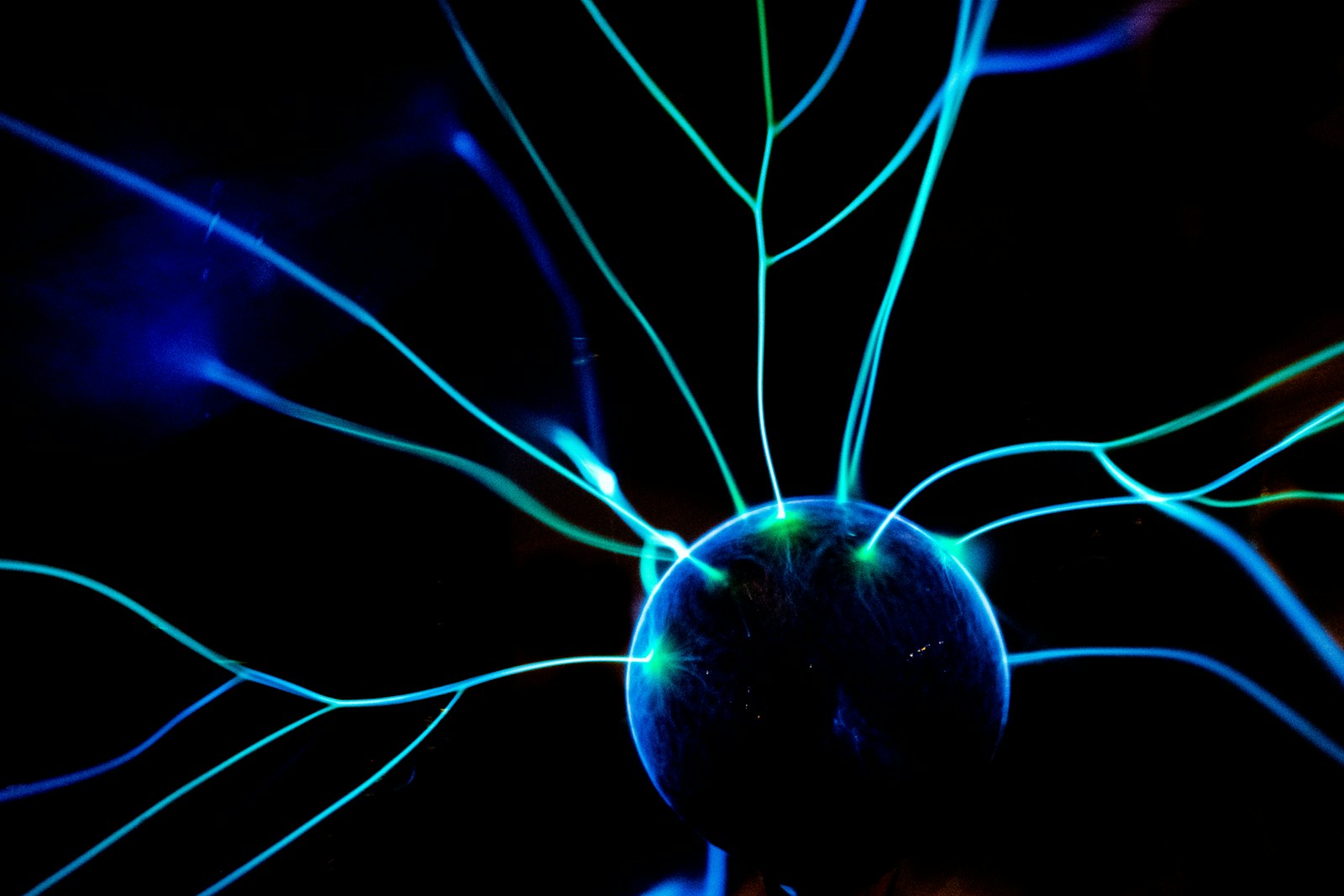The NIMBY Paradox: Why Our Brains Are Wired to Fight the Green Energy We Say We Want

By Ethan Yang and Hannah Ryu
It is one of the most frustrating paradoxes of the climate era. Public support for transitioning to renewable energy consistently polls at record highs. We collectively agree on the destination: a world powered by clean, sustainable sources. Yet, the journey to that destination is perpetually stalled by local roadblocks. A proposed wind farm that could power thousands of homes is defeated by a town council over concerns about scenic views. A crucial transmission line needed to carry solar power from the desert to the city is mired in years of litigation from landowners. This is the "Not In My Backyard" (NIMBY) phenomenon, and it has become one of the single greatest obstacles to building a green future.
From an engineering and policy perspective, the problem seems maddeningly irrational. The data overwhelmingly supports the need for these projects. But to dismiss this opposition as simple selfishness is to misunderstand the problem. The roots of the NIMBY paradox are not found in spreadsheets or climate models, but in the deep, often unconscious, wiring of the human brain.
As a psychologist, Hannah sees these community battles as a perfect storm of cognitive biases. The first and most powerful is loss aversion. This is the well-documented principle that people feel the pain of a loss about twice as strongly as the pleasure of an equivalent gain. For a resident living near a proposed solar farm, the potential losses are concrete and personal: the loss of a familiar landscape, the perceived loss of property value, the loss of a quiet, rural character. The gains, however, are abstract and diffuse: a fractional reduction in global carbon emissions, a slight increase in grid stability. The tangible, personal loss will almost always feel more powerful than the intangible, collective gain.
This is amplified by the availability heuristic, where we overestimate the importance of information that is easily recalled. A single, vivid news story about a turbine blade failure or the sound of a wind farm on a windy day is far more memorable and emotionally resonant than pages of technical data on safety and decibel levels. Developers arrive with charts and graphs; opponents arrive with stories and fears. In the court of public opinion, the story often wins.
From an engineering perspective, this psychological reality demands a new approach to project development. For too long, the model has been top-down and transactional. A developer secures land and permits, then presents the project to the community as a fait accompli at a town hall meeting. This triggers another powerful psychological bias: reactance, a negative emotional reaction to being told what to do. It frames the developer as an outside force imposing its will on the community.
The solutions, therefore, must be as much about psychology as they are about engineering. To counter loss aversion, communities must be offered concrete, local gains. This is the principle behind "community benefit agreements," which might fund a new library or offer direct payments to residents. Better still are community ownership models, where local residents can invest in and profit from the project, turning them from passive bystanders into active stakeholders.
To bridge the gap between abstract benefits and concrete fears, we need better communication. This means using virtual reality to accurately simulate the visual and sound impact of a project, replacing fear of the unknown with a realistic preview. It means prioritizing "agrivoltaics"—co-locating solar panels with agriculture—so that farmland is not "lost" but "enhanced."
Solving the NIMBY problem is not about rolling over local concerns in the name of the greater good. It is about recognizing that those concerns are rooted in predictable patterns of human psychology. By designing our projects and our policies with these biases in mind, we can turn a dynamic of conflict into one of collaboration. We can’t re-engineer the human brain, but we can, and must, re-engineer the process by which we build our clean energy future.



